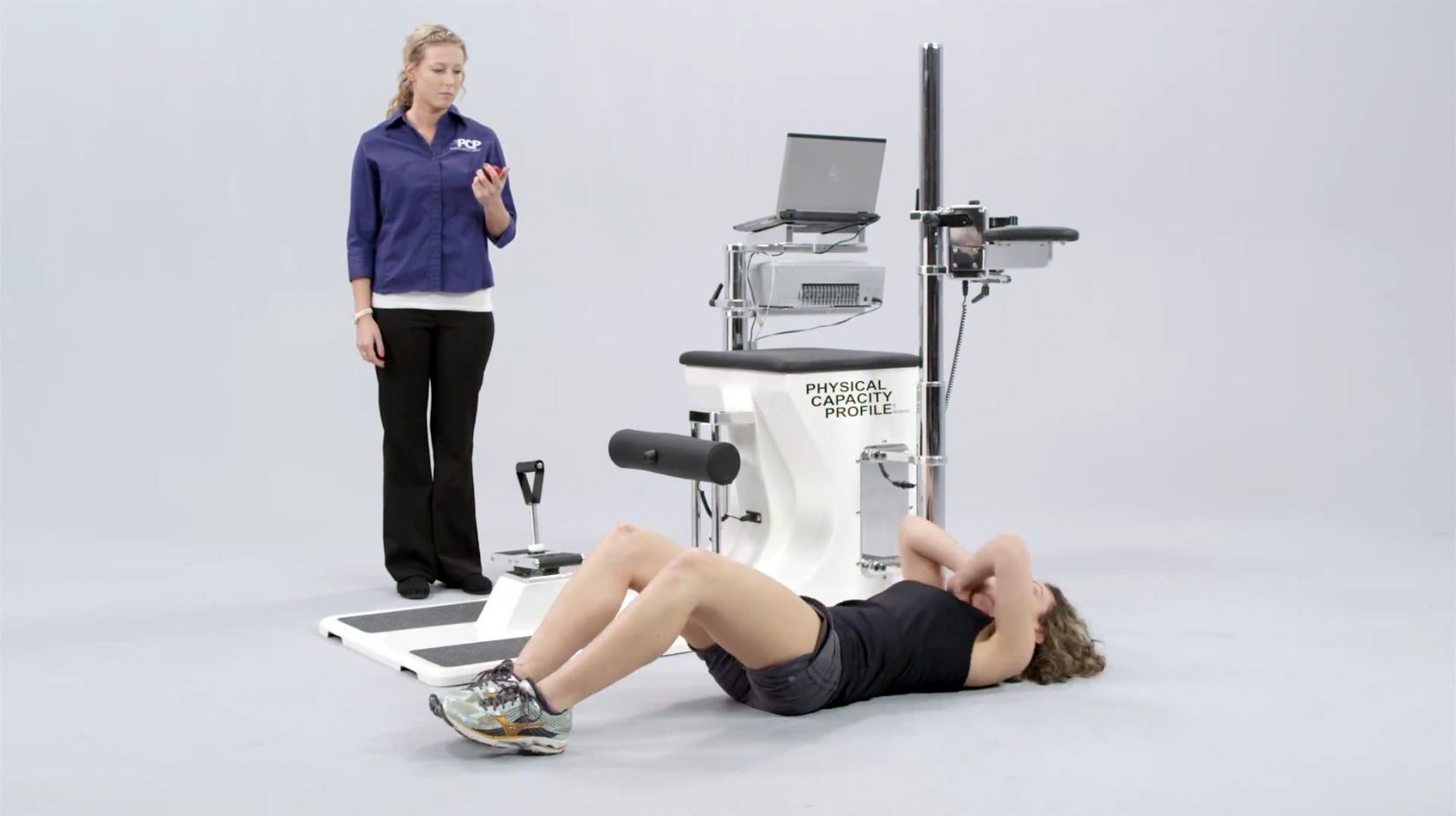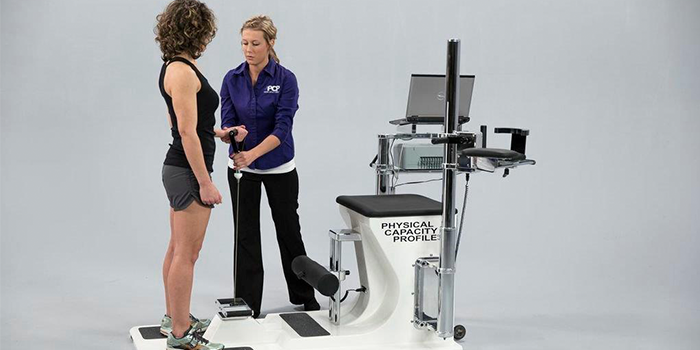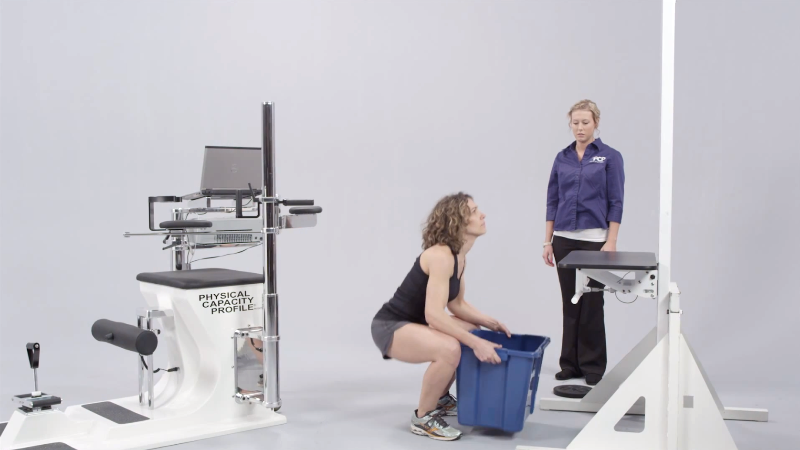Insurance Companies Support Post Offer Pre Employment Testing
- By PCP Staff
- •
- 17 Mar, 2014
- •

Why Do Insurance Companies Support the Physical Capacity Profile® Testing System
Physical testing of prospective employees is a commonplace practice in the United States for a variety of job roles. But did you know there are several methods of testing, with varying degrees of effectiveness, which companies can use to assess the physical condition of potential new hires? More importantly, are you aware of key differences between pre-employment and post-offer employment testing to which employers and especially insurance companies are paying close attention?
Traditional pre-employment testing is non-medical and is focused almost exclusively on making a yes/no determination about whether a candidate can physically do a job based on a general assessment. Post-offer pre employment testing, specifically the Physical Capacity Profile® test, provides a more comprehensive picture of a prospective employee’s physical capabilities and any existing impairments.
So why do insurance companies support post-offer Physical Capacity Profile (PCP) testing? The answer is rooted in study data and real world case studies of the PCP test put into action.
For insurance companies, PCP testing can mean increased prevention of injury in the workplace. A study published in the American Journal of Industrial Medicine compared traditional pre-employment testing with a physical capacity profiling protocol for post-offer testing in the food production industry. The reported impact of physical capacity testing on work-related injury rate was staggering. The data showed anywhere from 2 to 100 times fewer injuries reported among the workers who were matched to the right jobs through physical capacity testing.
In addition to reducing the occurrence of workplace injury, PCP testing leads to dramatic cost savings. By setting a pre-employment physical capability and impairment baseline profile, PCP testing enables insurers to quantitatively assess the amount of impairment caused by a subsequent, on-the-job injury. This measurement not only affects the portion of claims for which the employer and insurance companies are responsible, the impairment baseline data can be referenced to speed an employee’s clearance to return to work.

Consider this example of the Kansas Building Industry Workers’ Compensation Fund (KBIWCF). After a worker sustained a wrist injury requiring two surgical procedures, the assessing physician noted a 17% permanent impairment to the patient’s right wrist which would result in a nearly $13,500 claim payout. However, after reviewing the Physical Capacity Profile of the patient, the physician revised the assessment to 7% impairment due to a pre-existing 10% deficiency in that same wrist prior to employment. This revision saved KBIWCF from paying almost $7,900 in claims that were not a result of the worker’s injury.
As contentious as healthcare can be in this age of litigation, PCP testing can be a shield for insurance companies and employers against overzealous claimants and attorneys. One user of PCP testing reported a first-year savings of $75,000 in litigation costs alone. Over a 7 year period during which this insurer tracked use of the PCP test, they settled 100% of cases where PCP test data was available.
It is clear that PCP testing has a direct and positive impact on an insurer’s bottom line and simultaneously reduces injury risk for employees. It produces a hard to generate win-win scenario in the insurance business. But there are other benefits smart insurance companies garner from supporting PCP testing. For instance, accumulated savings for employers make insurers more competitive in the marketplace. Similarly, the reduction in injury occurrence protects client’s experience modifications. Keeping satisfied customers is a big win for insurers.
Keeping other risks low for customers is also in the best interest of insurers. In 2005, a federal district court ordered Dial Corporation to pay $3.4 million to settle charges by the Equal Employment Opportunity Commission (EEOC) that Dial had used discriminatory physical testing practices for jobs in their Armour production facility. The pre-employment test was found to discriminate against women who failed the test 40% of the time compared to almost 0% for men. Unlike post-offer PCP testing, Dial’s pre-employment testing relied on a single lifting test and did not place candidates in standard Department of Labor strength categories. Physical Capacity Profile® testing has successfully passed audits by EEOC in many companies as an unbiased testing protocol, furthering support of the approach by insurance companies.
How does PCP testing achieve such drastically different results than traditional pre-employment screening? First, PCP testing measures capacity across multiple fitness, strength, anthropometric and lifting standards, not binary pass/fail criteria. This produces a far richer set of data that can be used to match employees to jobs with appropriate physical requirements and to set a baseline of capability or impairment for future comparison. The post-offer employment testing is benchmarked against established AMA guidelines, lending further credibility to the data as valid physical assessment both pre- and post-injury. This comparative quality of the data provides more accuracy and reliability for workers compensation and other insurance claim determination when contrasted with only post-injury testing.









